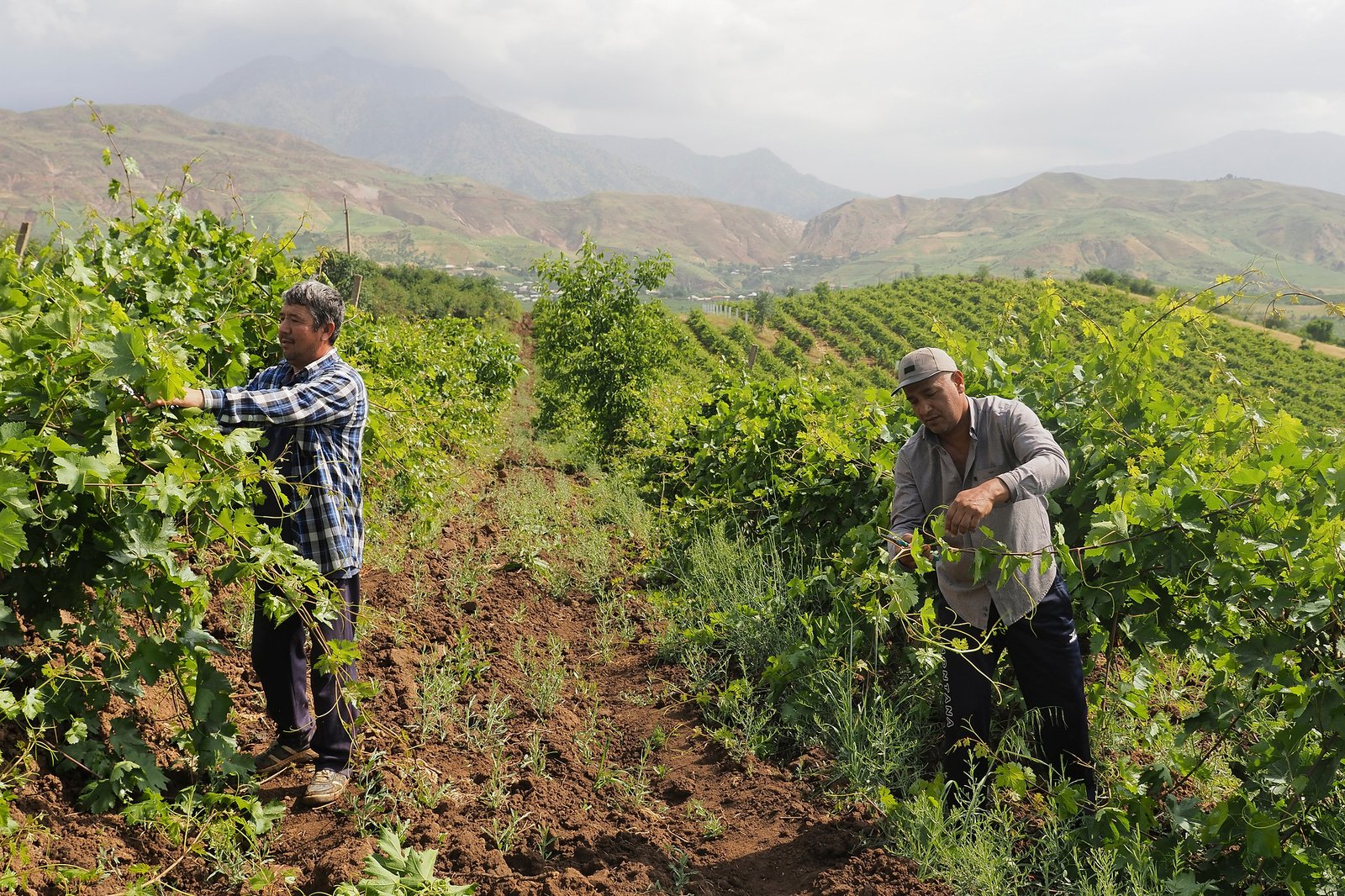Saturday, 22 November 2025

Image Source: FAO.org
In a world racing toward automation and monocultures, the Food and Agriculture Organization of the United Nations (FAO) has paused to recognize something more elemental: heritage. At its 464th meeting in July 2025, FAO designated four new sites as Globally Important Agricultural Heritage Systems (GIAHS), adding fresh pages to a growing atlas of agroecological wisdom.
For the first time, a site in Central Asia—the Almosi Valley in Tajikistan—has earned its place on this coveted list, joined by Portugal’s Montado agrosilvopastoral system and two unique coastal-mountain farming models from the Republic of Korea. Together, they elevate the total number of GIAHS sites to 99 across 29 countries. With designations expected to cross 100 later this year, FAO’s message is clear: Agri-heritage is not just about nostalgia—it’s about sustainability, resilience, and survival in a climate-disrupted world.
The Almosi Valley, nestled in Tajikistan’s mountainous terrain, represents a deeply integrated agropastoral system shaped by necessity and nurtured by tradition. Here, sheep transhumance is synchronized with grape, cereal, and orchard cultivation through a choreography of ancient calendars, organic inputs, and time-tested irrigation practices. In an age when agrobiodiversity is under siege, Almosi stands out as a living archive of landraces, including the prized Pink Toifi grape, and a functional model of cooperative governance through mahalla committees and collective farms. It is, in every sense, an antidote to the industrial agriculture that dominates global food systems—and a beacon for regions contending with soil erosion, water scarcity, and climate volatility.
Across the Eurasian continent, in Southern Portugal, another agri-heritage jewel persists: the Montado da Serra de Serpa. This centuries-old agrosilvopastoral landscape, home to cork and holm oak woodlands, embodies the Mediterranean ethic of ecological moderation. By weaving low-intensity grazing with dryland farming, beekeeping, and forest stewardship, communities have crafted a mosaic of productivity and biodiversity. These woodlands not only harbor iconic species like the Iberian lynx and black vulture, but also serve as carbon sinks and water regulators. Recognized within the EU as a High Nature Value farming system, the Montado defies the false binary of agriculture versus conservation.
Meanwhile, on the Korean peninsula, two distinct systems reflect a cultural synthesis of tradition and innovation. In Uljin County, a pine-dominated agroforestry model exemplifies how ecosystems and economies can co-evolve. Red pine forests, co-managed through techniques like resin tapping, selective thinning, and fire prevention, provide a backdrop for mushroom foraging, beekeeping, and salt production. These forests, home to over 300 species, double as stabilizers of mountain slopes and regulators of microclimates. They are not merely managed—they are respected.
Further south, in the tidal Jijok Straits, the Jukbangryeom fishery system uses bamboo traps to harvest anchovies without fuel, bycatch, or ecosystem disruption. Practiced for more than 500 years, it is a study in passive technology and ecological finesse. Anchovies are gently funneled into chambers using fixed bamboo fences aligned with tidal flows, sustaining both biodiversity and cultural livelihoods. This system supports women-led cooperatives and has become a cultural marker for the region—proof that artisanal fishing, when rooted in ecological knowledge, can rival industrial fleets in impact.
For FAO, these systems are more than agricultural curiosities. They are living laboratories—integrated models of food production, environmental stewardship, and social cohesion. Kaveh Zahedi, Director of FAO’s Office of Climate Change, Biodiversity and Environment, emphasized this point during the designation ceremony, noting that as climate disruption accelerates and biodiversity loss deepens, age-old knowledge systems must be re-centered in the global conversation on food systems transformation.
Indeed, the timing is prescient. As debates around regenerative agriculture, carbon farming, and agroecology intensify, GIAHS sites provide grounded case studies of what long-term resilience actually looks like. They don’t just offer best practices—they reveal the complex relationships between people, place, and productivity. From informal irrigation scheduling guided by lunar calendars to polycultural land management that balances tree cover with cereal rows, these systems exemplify “slow innovation” that has outlived empires.
Yet, recognition alone is not preservation. Many of these systems face acute threats—from youth outmigration and economic marginalization to land fragmentation and climate shocks. While FAO’s designations bring visibility and policy focus, the road to sustainability demands active investment. Capacity building, agri-tourism integration, and ecosystem service payments are just a few tools that national governments and multilateral donors must deploy to support these systems beyond ceremony.
The upcoming GIAHS Certificate Award Ceremony in October 2025, which coincides with FAO’s 80th anniversary, presents more than a celebratory moment. It is an invitation to recalibrate the global agricultural agenda. What if the future of farming is not just digital, but also ancestral? What if resilience lies not in chemical formulas or GPS coordinates, but in knowledge that has been passed down through generations?
As the world looks ahead to feeding 10 billion people in the face of a warming planet, the answers may not lie in the next algorithm or patented seed—but in the whispering pine forests of Uljin, the grape terraces of Almosi, the tidal traps of Korea, and the cork oaks of Serpa. These are not relics. They are blueprints.